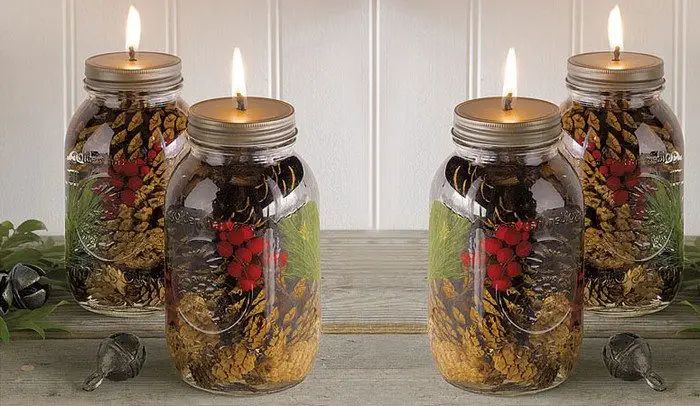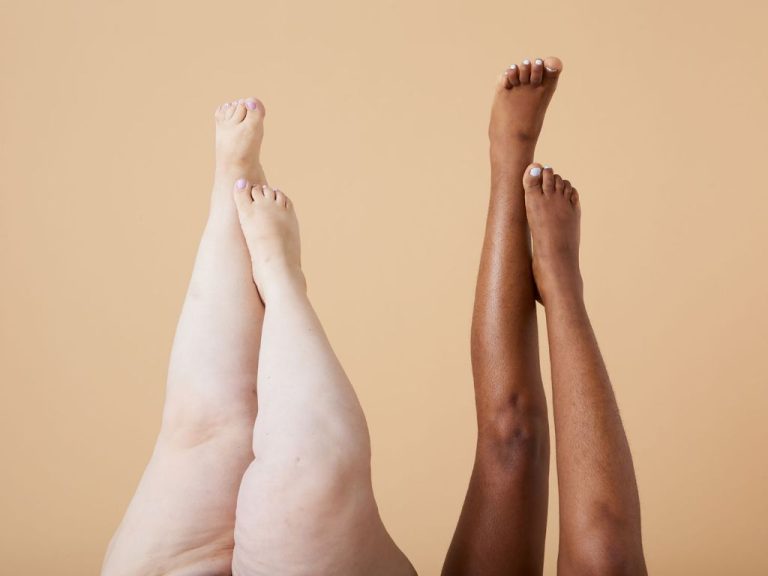How Do You Melt Leftover Candle Wax?
Melting and reusing leftover candle wax is a great way to reduce waste and get the most out of your candles. According to A Sustainable Solution to the Candle Industry’s Waste Problem, research shows that only 8% of candle containers get recycled and over 35 million candle containers end up in landfills every year. Remelting candle wax allows you to reuse old candle wax instead of throwing it away. The melted wax can be repoured into new or cleaned candle jars and paired with new wicks to make new candles. You can also use the wax to make wax melts or candle embeds. With some simple materials and steps, you can give leftover candle wax a second life and prevent waste.
Gather Materials
Before melting your leftover candle wax, you’ll need to gather the necessary supplies. Here’s what you’ll need:
- Old candle wax remnants – Scrape out any remaining wax clinging to the sides of used candle jars and gather all the wax remnants you want to reuse.
- Double boiler or makeshift double boiler – You’ll need a double boiler to provide indirect heat for melting the wax. If you don’t have an actual double boiler, you can create one by nesting two pans together with a little space between them.
- Metal pouring container – You’ll need something metal like an empty can, tin, or pot to pour the melted wax into for cooling.
Make sure any containers and equipment you use are clean and dry before getting started.
Set Up Double Boiler
To melt the wax, you’ll need to create a double boiler. This consists of one pot nested inside another to provide gentle, indirect heat. Fill the bottom pot with a few inches of water (source). This will become the base of your double boiler. Choose a pot large enough to hold the top container. Then, place the top container inside the bottom pot. This will hold the wax you want to melt. Make sure it fits securely without touching the bottom. Heat the water to a simmer (source). You want it hot enough to melt the wax, but not boiling. The indirect heat from the simmering water will warm the wax gradually for safe melting.
Add Wax
Once you have set up your double boiler, it’s time to add the leftover wax. First, break up the old wax into small chunks so it melts evenly. Use a knife or spoon to break up candles, or for container wax, simply cut off chunks with a knife [1].
Next, add the wax chunks to the top pan or container of your double boiler setup. Make sure not to overcrowd the pan – add wax in batches if needed. The wax will melt down into a liquid as it heats up.
Melt Wax
To melt the leftover candle wax, you’ll need to use a double boiler method. This involves placing the wax in a heat safe container or pouring pot, then setting that container over a pot of simmering water. The steam from the simmering water provides a gentle, indirect heat that will melt the wax evenly.

Set the pour pot full of wax chunks over the simmering water, making sure the bottom of the pour pot doesn’t touch the water. Heat the wax slowly over medium heat, stirring occasionally as it melts. You want the wax to melt fully into a liquid state. Take care not to overheat the wax, as this can cause discoloration and affect the wax properties. The ideal temperature for melting candle wax is between 120-180°F (49-82°C), depending on the type of wax you are using.
As the wax melts, continue stirring to distribute the heat evenly and prevent localized overheating. Melting may take 15-30 minutes. The wax is ready when all pieces have fully liquefied into a smooth liquid with no lumps.
Strain and Filter
Once the wax is completely melted, pour it through a strainer or cheesecloth to remove any debris or impurities that may have gotten into the wax (1). The strainer or cheesecloth will catch any wick remnants, bits of unmelted wax, or other particles. Filtering the wax results in a clean, pure liquid wax that is ready to be poured into containers or molds.
Make sure you use a heat-resistant strainer or cheesecloth so it is not damaged by the hot wax. Pour slowly and carefully to minimize splashing. Allow ample time for the wax to fully drain through the filter before discarding any debris caught in the strainer or cheesecloth.
Filtering out impurities is an important step to ensure your recycled candle wax burns cleanly and prevents clogging of new wicks. Taking the time to properly filter and purify the wax will result in higher quality candles.
Add New Wicks
While the wax is melting in the double boiler, prepare the new wicks. Measure wicks that are 2 inches taller than the containers you plan to pour the wax into. Tie a knot at one end of each wick and thread it through a wick tab, which helps anchor it at the bottom of the container. Allow enough wicks for each container, plus a couple extras. Refer to this source for details on selecting the right wick size.
Once the wax is fully melted, place the wicks into the pouring container before adding the liquid wax. Let the wick tabs rest on the bottom, keeping the wicks centered. Make sure the wicks are spaced apart appropriately so the candles don’t interfere with each other’s flames. Now you’re ready to pour the melted wax into the container in the next step.
Pour Wax
Once the wax is completely melted and strained, it’s time to carefully pour it into containers. Make sure the containers are clean and dry before pouring. Some good container options are glass jars, tin cans, or silicone molds.
When pouring the wax, don’t fill the containers all the way to the top. Leave at least 1-2 inches of space at the top for a second pour later. This allows the wax to cool and shrink slightly after the first pour, leaving room to top it off after. If you fill the container to the brim on the first pour, the wax will likely overflow as it cools and contracts.
Pour the wax slowly and carefully to prevent spilling. Tilt the melting container and pour in a steady stream. The wax will be very hot at this point, so pour with caution. Wear gloves and safety glasses if desired.
Let the wax cool partially before moving the containers. The wax will be pliable but not completely hardened after the first pour. At this stage it can be moved or straightened in the containers if needed.
Second Pour
After your first pour, you’ll want to let the wax cool and harden before doing a second pour. This second pour helps reduce bubbles and sinkage in the final candle. As the wax from the first pour cools, it will shrink and create a hollow space at the top of the container. Doing a second pour fills this space and gives you a smooth top surface.
Allow the first pour to sit undisturbed as it cools completely. This takes 1-2 hours. When it has fully hardened, remelt your leftover wax using the double boiler method again. You don’t need to add more fragrance oil. Carefully pour the melted wax into each container, filling them to the tippy top. The second pour does not need to cure before moving to the next step.
This second pour eliminates holes and indentations caused by shrinkage as the wax cooled after the first pour. It helps prevent tunneling by providing an even surface for the wick to burn across. Your final candles will have a flawless finish with fewer issues during burning after doing this simple second step.
Finish and Cool
Once you have poured the wax into the candle vessels or molds, it’s important to let them fully harden before use. As the wax cools, straighten any wicks so they stand upright in the center of the candle. This ensures they burn properly when lit. Allow the candles to fully harden overnight before moving or handling them.
For optimal fragrance and burn quality, store any extra candles or wax melts in a cool, dry place away from heat and sunlight. Airtight containers work best for preventing your handmade candles and wax melts from drying out. Leftover wax should stay fresh for up to a year when stored properly.
Be patient and allow the wax to fully set before lighting or moving candles. This helps prevent issues like tunneling where the wax melts unevenly. Straight wicks and proper cooling are simple but important steps for finishing off your homemade candles.





